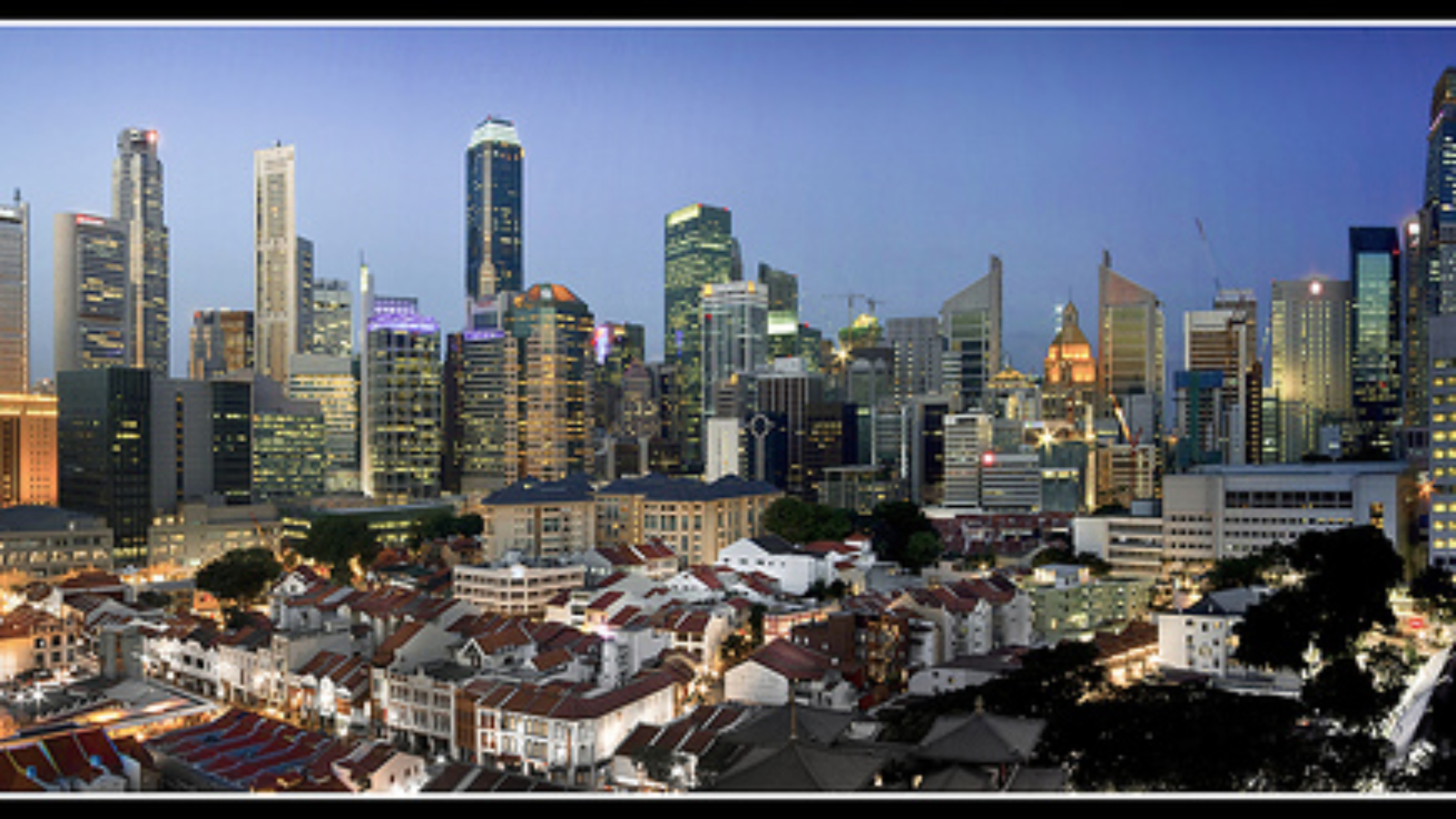[Editor's note: The theme of the Winter 2010-2011 issue of World Policy Journal is “Megalopolis: The City of the 21st Century.” We asked experts, policymakers, and writers from around the world to answer this question: “In the future, what will our cities look like?”]
By Cheong Koon Hean
For the first time in human history, more people live in urban than rural areas. Globally, three million people move into cities every week. Between 2009 and 2020, 450 million people will be added to Asian cities, or 60% of the growth in the world’s population. Mega cities, those with populations of ten million or more, are increasing around the world and half of them (eleven out of twenty-one) are now found in Asia.
Cities therefore face immense pressures, straining to provide jobs, housing, urban infrastructure and utilities for an ever growing population. Irresponsible industrialization which caused deteriorating air quality threatens health and the quality of life.
On the other hand, cities are potential engines of economic growth. The large congregation of people create synergies and innovation that attract investments. High density and compact cities in particular, optimize the use of land and infrastructure. They make public transport systems more viable and efficient. Facilities become more accessible.
But all this is possible only if governments start to develop their cities in a holistic and integrated manner. To achieve sustainable development, governments must first give priority to better urban planning which will help to balance economic, social and environmental considerations. For urban policies to succeed, they must form part of national development plans.
Second, governments need to invest in infrastructure in tandem with growth. Cities with proper infrastructure and good transportation and communication systems facilitate higher productivity, resulting in higher returns while attracting foreign direct investment.
Third, there must be better environmental governance and compliance. Pollution must be controlled at source. Scarce resources could be optimized. For example, capturing rainfall more efficiently and recycling water, switching to cleaner fuel, using clean energy and building energy efficient buildings are possible strategies. Incineration and recycling would help to address waste disposal challenges.
Finally, beyond urban infrastructure, governments need to give emphasis to quality of life issues. The fundamentals of a safe city, good health care and education opportunities remain imperative. The provision of a range of housing within the reach of different groups, a variety of lifestyle offerings in say, recreation and the arts attracts and keeps talent. Promoting social cohesiveness also bonds communities.
Cities and mega-cities are the future, and the sustainability battle will be won – or lost in cities if we do not act quickly.
Cheong Koon Hean is the CEO of the Urban Redevelopment Authority in Singapore. She previously held positions within the Ministry of National Development as Deputy Director of Strategic Planning and Second Deputy Secretary in early 2000.
Image via Flickr, user WarthFire
